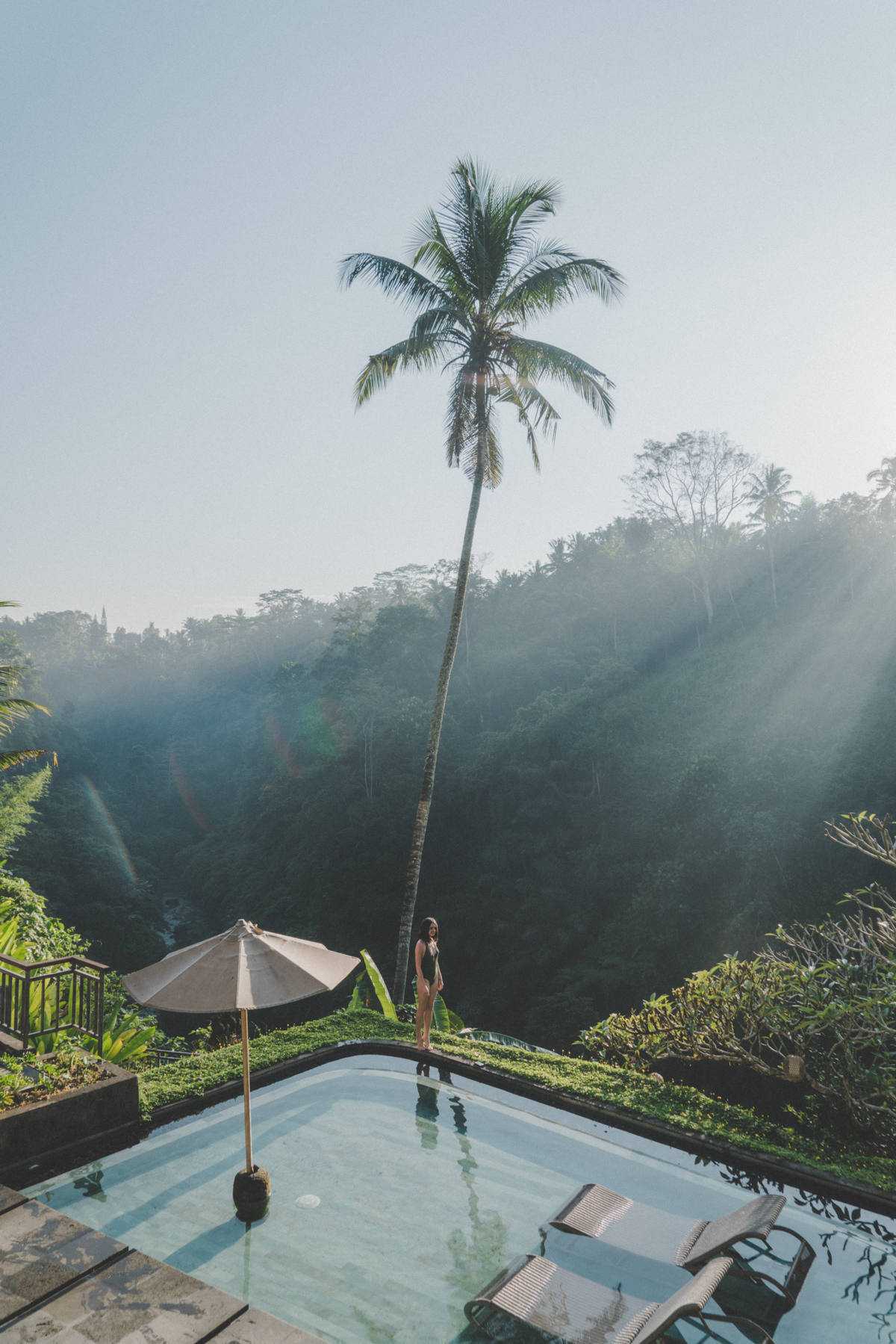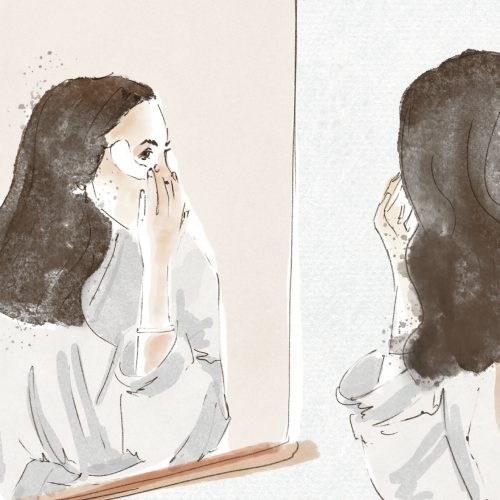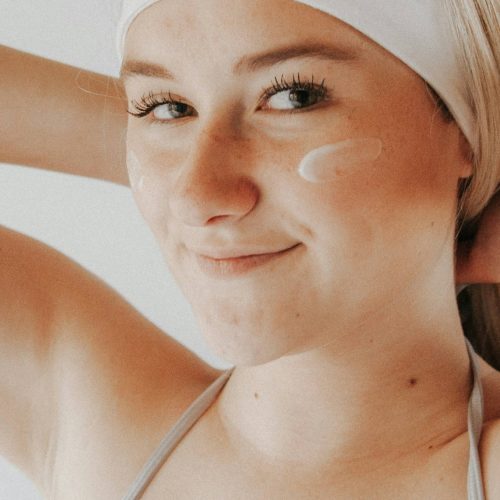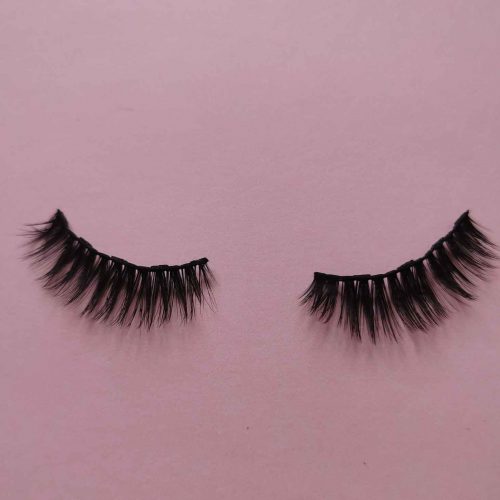How to sport a safe, sustainable tan
Around five years ago, headlines across the globe declared the death of suntanning. "Tan is the New Tacky", read one headline, "Why the Cool Crowd doesn’t Tan Anymore", read another. The sun-kissed golden glow, in fact, is far from faded. One only need take a look at recent red carpet events to discover that they are still highly coveted, despite all we know about the connection between the sun’s rays, and skin cancer. Most dermatologists are adamant that there is no safe way to tan. Others feel that there is a way to ‘cheat the system’. Read on and discover ways to achieve a warmer tone while avoiding the devastating effects of the sun.
What does tanning indicate?
"Tanned skin is damaged skin, and we need to shatter the myth that tanned skin is a sign of health. When people tan or get sunburned, they increase their risk of getting skin cancer later in life," said acting Surgeon General Dr. Boris D. Lushniak. Indeed, when your skin gets burned even twice a year, you can double your risk of developing melanoma skin cancer. Indeed, UV abuse (staying out for prolonged periods with unprotected skin, going out into the sun in peak hours – around 11 am to 4 pm–, and visiting tanning salons) can all wreak havoc in your skin cells. Tanning beds may not result in skin burning (since they do not emit UVB rays) but they are dangerous because they do emit UVA rays, which can penetrate deep into the skin. Before panicking about tans, however, it is vital to take into account the advice of others who note that UV light is essential for human health because our bodies produce Vitamin D via exposure to UVB rays. The key, he says, is to avoid abuse and make the most of the health benefits of the sun.

Finding the right balance
In a recent study published in Cell Reports, the Chairman of Dermatology at Massachusetts General Hospital and his team devised a tanning agent, using it on samples of human skin in a lab dish. They found that the cells tanned as they would have in the sun, but without exposure to UV rays. In other words, the cells benefited from the protection that darker pigments afford, without suffering any damage. Their invention could one day play an important role in protection against skin cancer because darker pigments form a natural defense against UVA and UVB rays. For now, you can try out tan activators or accelerators, which contain melanin. These products, applied around three weeks before your planned sun exposure, stimulates melanin so you develop a tan with much less time in the sun, and even if you use sunscreen.
Opting for environmentally friendly sunscreens
When choosing your sunscreen, opt for non-toxic, plastic-free sunscreens, so as not to pollute natural bodies of water. Sunscreens are destroying coral reefs, which are home to a plethora of plant and animal species. Physical sunscreens containing zinc oxide are ideal in that they do not contain chemicals that can interact with UV rays. Zinc-based sunscreens sit on the skin and reflect rays away; they lend skin a pasty appearance, yet they are very much worth pursuing in terms of safety for your skin and the environment.
While baking all day in the sun is a no-no, increase your chances of healthy-looking skin by tanning for no more than 30 minutes daily. Choose hours when the sun is low in the sky, and protect your skin with the appropriate sunscreen for your skin type. Bear in mind that just one burn can cause itching, pain, and skin peeling, but can also seriously increase your risk of developing skin cancer. To do your share for the environment and your health, consider a physical sunscreen rather than a chemical one; the creatures of the sea will definitely appreciate it.




